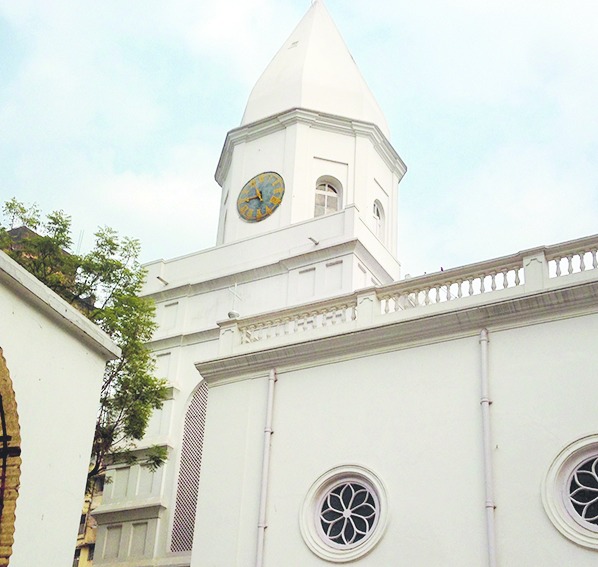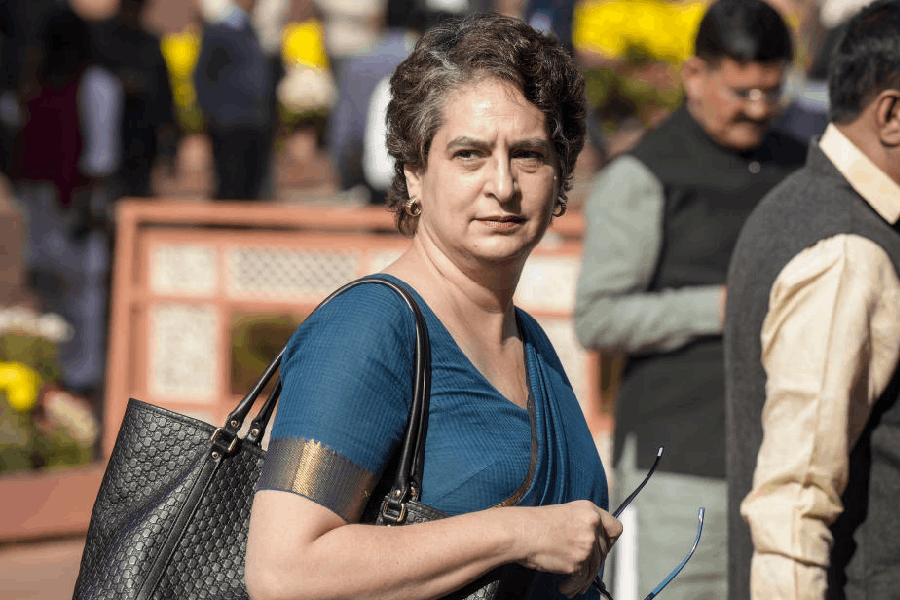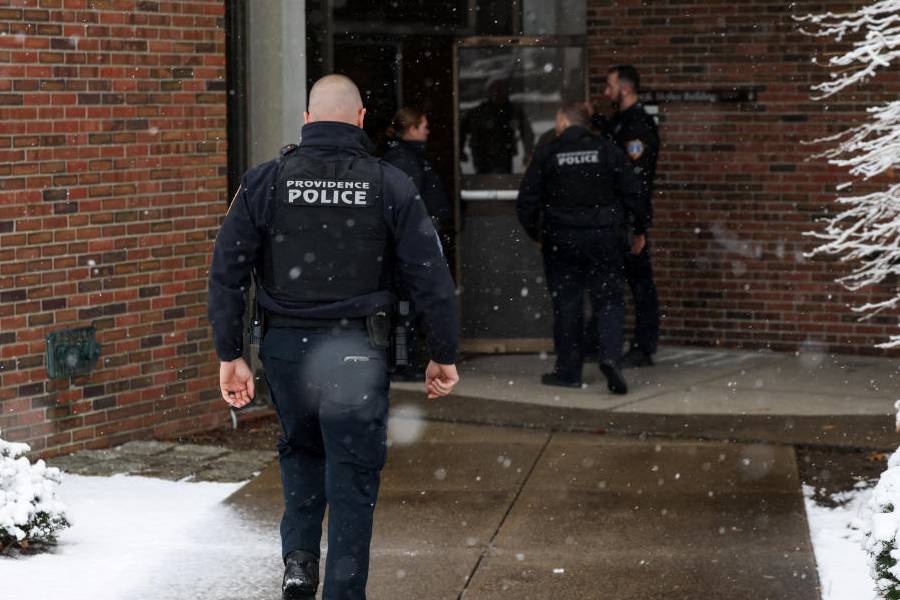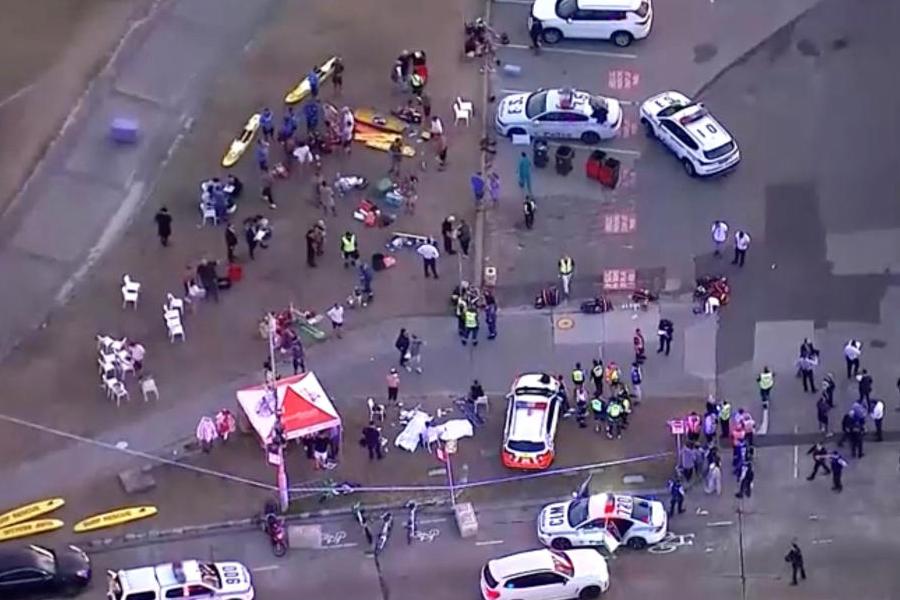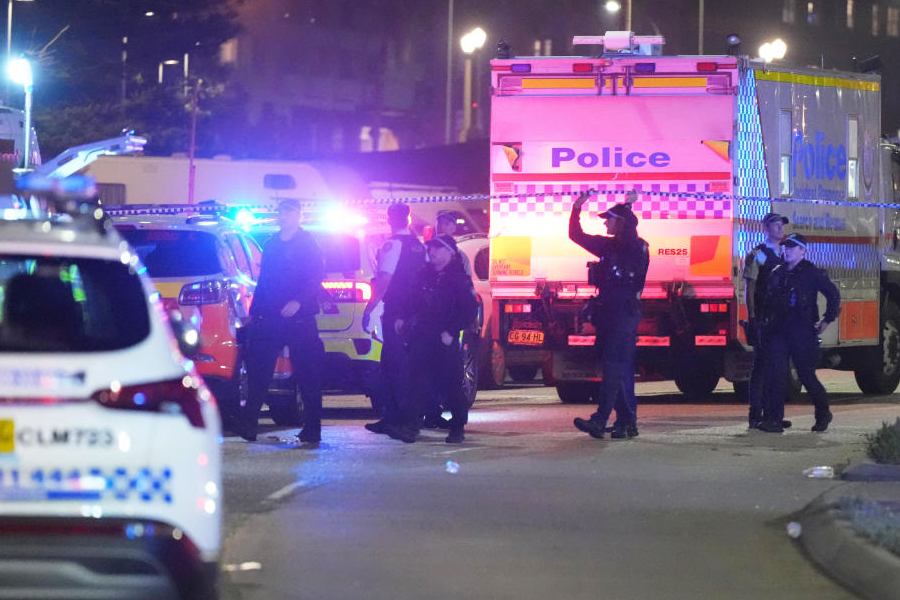
Armenians, Portuguese, British, Scotsmen, Jews and Parsis came to Calcutta, the 'second city' of the Empire, from the late eighteenth century through the early twentieth century to reap their fortunes. In the eighteenth and nineteenth centuries, they built a constellation of impressive religious edifices in the BBD Bagh area that is linked to the city's mercantile history. Other communities, like the Chinese and the Muslims, built places of worship in this neighbourhood in the twentieth century.
In any other part of the world, a space like this where major religions and cultures of the world converge in a very tight and congested space over a three-hundred-year period would be a major tourist attraction. The structures are not only unique and significant in their own right but together are a material symbol of Calcutta's composite culture. For example, there are increasing Jewish tours that come to see 'Jewish Calcutta', which includes the three synagogues located in this space. These tourists are not aware that an Armenian church is around the corner, or that the Portuguese church, a stone's throw away from the Neveh Shalome Synagogue, is the first Catholic church in Calcutta. Nor do they necessarily know that these churches are an integral part of the same narrative.
The Armenian Holy Church of Nazareth, situated on Armenian Street in the northwestern part of Burra Bazaar, is the oldest Christian place of worship as well as the earliest building within this group. Leon Gavond, an Iranian Armenian architect, constructed it in 1724. A belfry was added to the church in 1734. This church stands atop the community's burial ground, which has the oldest Christian grave in Calcutta - that of Rezabeedeh Sookias, who died in1630.
One must step over flat tombstones bearing inscriptions to enter the church. In the large compound, there are hundreds of more elaborate tombstones commemorating the small but illustrious members of the community that owned hotels, trading houses, and built beautiful mansions like Queen's Mansion and became highly respected financiers and merchants.
Saint John's Church, originally a cathedral, was built almost 50 years later (1784-87), and was among the first public buildings to be erected by the East India Company. In the colonial tradition of plunder, the stones of the church were robbed from Gaur, the medieval capital of the Bengal Sultanate. In this church, military prowess, commerce and religion interlock. The Company room is housed there, and many plaques commemorate those who fell in battle. There are statues glorifying British rule. A large room houses the multiple pipes of the organ that was once inside Saint Mary's Church in Fort Saint George. Intach and the Goethe Institut have restored Last Supper, which was painted by Johann Zoffany.
Barely 10 years after Saint John's was built, the Portuguese, who had a base in Hugli, settled in the new town and replaced their chapel with the large church dedicated to 'Our Blessed Lady of the Rosary' that we know today as the Portuguese Church or Murghihatta (1799). It has a gold embellished pediment and distinctive two-domed towers and many impressive sculptures in the main sanctuary. The remains of the first Archbishop of Calcutta lie below the altar.
These churches fired the ambitions of Reverend James Bryce, who believed the Scots, who constituted a large fraction of those coming out to India, required their own church. Saint Andrew's, also known as Scots Kirk,is the only Scottish church in the city. It was built in 1818. This church has a spire with a weathercock that is taller than that of Saint John's. Apparently it was Bryce's way to 'crow' over the first bishop, who had refused permission to erect a spire.
Shalom Obadiah ha-Kohen came to Calcutta from Syria in 1798, lured by the commercial prospects of the British capital and other Jews from the Middle East followed in his footsteps. In 1811, as the community grew, he established a prayer hall near the Armenian Church. Soon, the prayer hall became inadequate to meet the needs of the rapidly growing community and a large house was converted into Calcutta's first synagogue, the Neveh Shalome, in 1826. It is small and austere and akin to the prayer houses built in Syria from where they came. The Neveh Shalome was rebuilt in 1911-1912, and has recently been restored under the aegis of the Jewish community.
The Beth El Synagogue was built in 1856 by David Joseph Ezra and Ezekiel Judah, and was enlarged by Elias Shalome Gubbay. This gem of a synagogue on Pollock Street has beautiful dark blue, white and red flowered-stained glass windows and a wine cellar in the basement that still has many very large urns from China in which the kosher wine was stored before it was bottled and sold to Jews across the city for ritual purposes. In the courtyard, there is a tandoor for baking Matzahs, the unleavened bread that Jews eat during Passover to commemorate the escape from Pharaoh's Egypt.
To demonstrate his fabulous wealth and status, Elias David Joseph Ezra built the Magen David, the largest synagogue in Asia (1884), in memory of his father, David Joseph Ezra. It is Italian Renaissance style with a brick red finish. A steeple and a clock tower are its unique features. They had to check with religious authorities in Baghdad, the religious centre for Calcutta's Jews, if a synagogue could have a steeple. It was decreed that they could build a steeple so long as it was taller than that of other religious places of worship in its vicinity.
The Parsi fire temple, Agiary, built in 1839 by Rustomji Cowasjee Banaji, is the only one among these important historic buildings from the 18th and 19th centuries that stands in a state of complete disrepair. This Gothic structure with massive Tuscan pillars and a once large garden is hemmed in by a market selling every form of light and lighting fixture, making it hard to even see the temple that was shut sometime in the 1980s. If this temple is restored, it would showcase the important role that Parsis played in the city's development.
As most of these historic sites are taken care of by the communities who built them, they are well maintained. They just need to be linked by physical infrastructure, such as walking paths that connect one to the other, signboards that place them in their collective historical context, and digital devices that tie them in the imagination through the many historical, commercial and cultural bonds they share. Imagine the impact of a festival where one would be able to visit each of these diverse sacred places, hear their hallowed music, see a movie about the community, experience interactive displays and sample their cuisines.
From this core sacred heart, one would move outwards in area into another era to experience the Chinese temples, a Buddhist temple and the magnificent Nakhoda mosque. These important religious structures built in the 20th century are in the immediate neighbourhood. All of these religious places are in walking distance from one another. Their proximity enhances this unique and diverse cultural heritage making it accessible.

